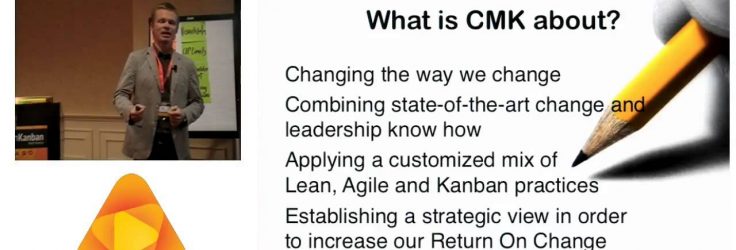Learn how do to effectively change the way we change by applying Lean, Agile and Kanban practices. With the help of specific case studies from various companies in Switzerland, Germany and Austria we´ll explore some good practices such as visualizing the change flow, limiting change in progress, applying mindful stakeholder management or building a cross-functional as well as hierarchy-bridging change team. These examples should help to better understand what is needed to establish a clear strategic view on change in order to increase the Return On Change Investments (ROCI).
In the 21st century it is a truism that change is on everybody’s menu. Whereas professional change management seems to be a key success factor of any business, statistics show that still more than 60% of all change efforts fail to achieve their goals. There is a broad variety of reasons behind this impressive failure rate: too many parallel, sometimes even contradictory change initiatives, a lack of clear prioritization in regard with the business value and complexity of change initiatives, missing transparency of these initiatives, too little alignment between business administrators, change sponsors and change agents, too much resistance in terms of negative emotions and decreased performance, to name only a few.
Material (c) Lean Kanban Inc., for Lean Kanban training, conferences, and events, visit leankanban.com

